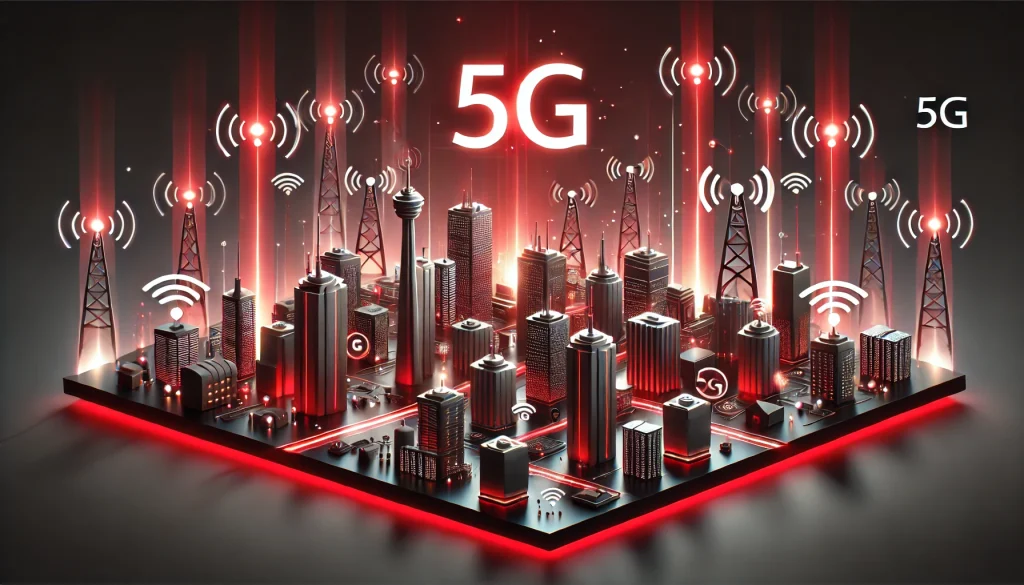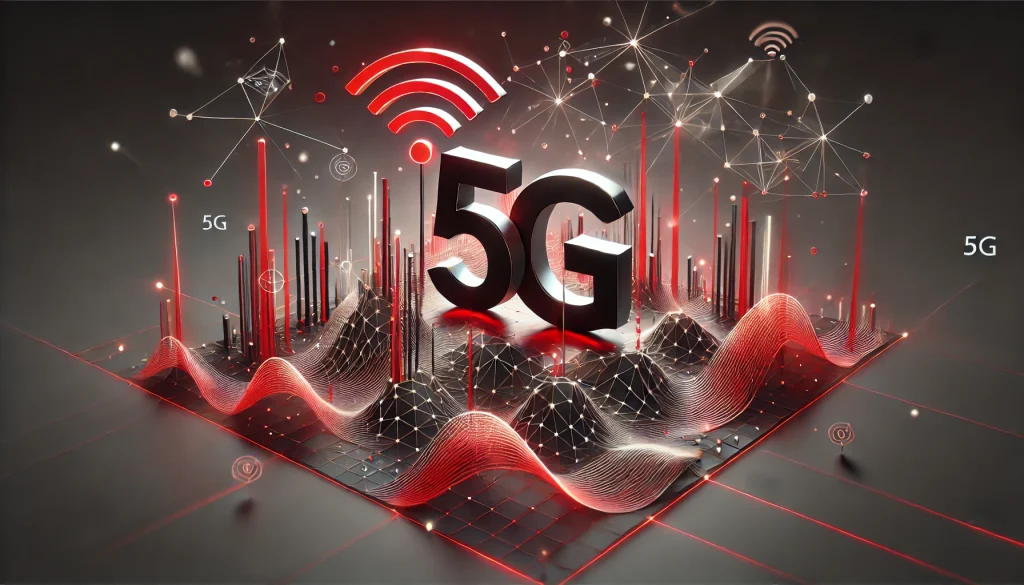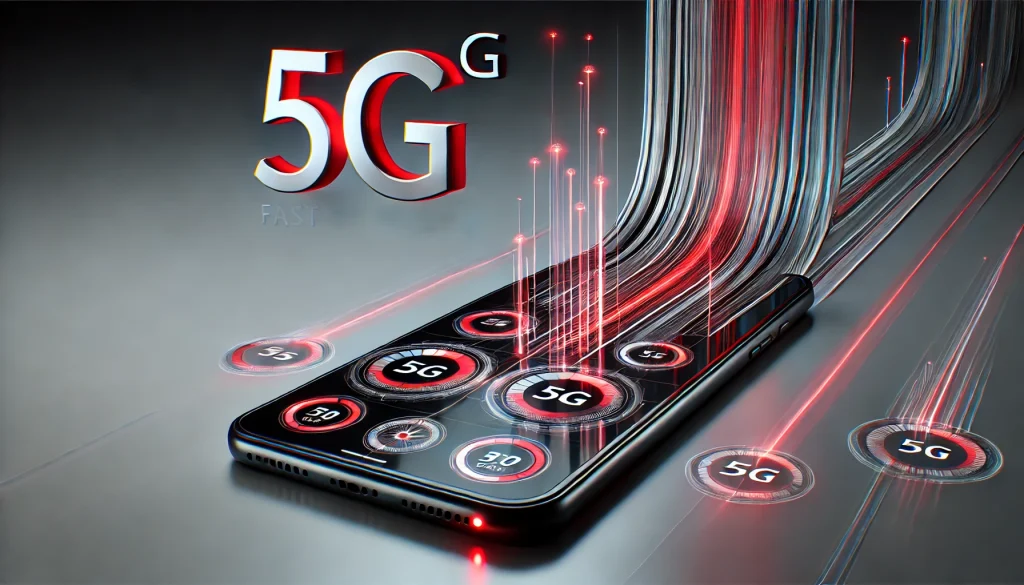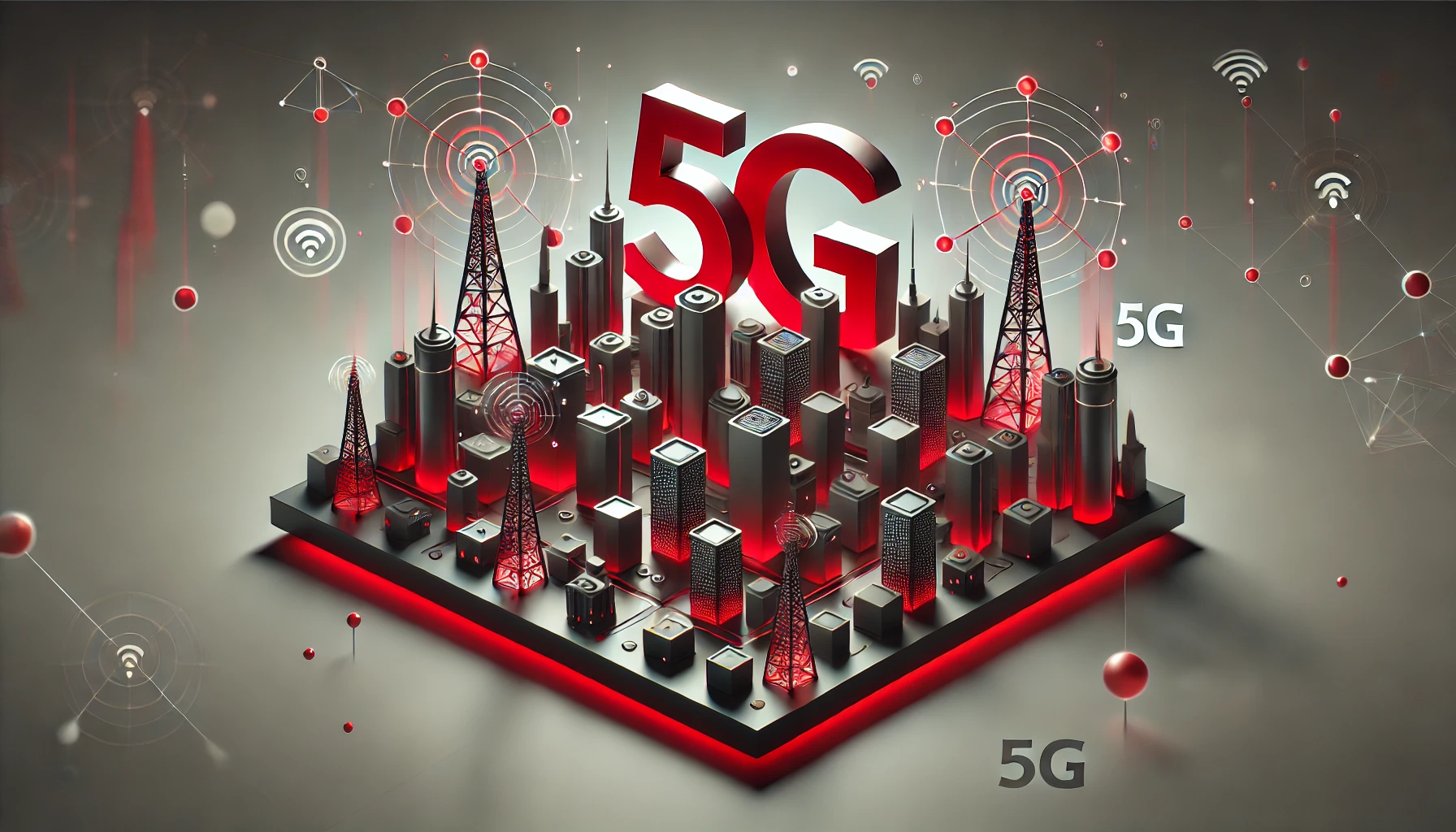
The fifth-generation wireless network, known as 5G, represents a massive leap in mobile and wireless technology. Capable of delivering ultra-fast speeds, enhanced connectivity, and low latency, it has quickly become a cornerstone for industries and consumers alike. However, there are many hidden layers to this technology that remain under the radar.
From transforming remote healthcare to enabling advanced gaming and smart cities, the network has far-reaching implications. As industries explore its potential, professionals need to grasp these groundbreaking advancements. Let’s dive into some fascinating and lesser-known facts that showcase its revolutionary impact.
What Makes 5G Revolutionary?
5G is more than just faster internet; it’s a technological ecosystem. Key features such as massive bandwidth, ultra-reliable low-latency communication (URLLC), and enhanced mobile broadband (eMBB) position it as the backbone of futuristic innovations.
- Speed Beyond Imagination: With speeds reaching up to 10 Gbps, 5G networks are approximately 100 times faster than 4G. This enables seamless streaming, real-time gaming, and advanced remote operations.
- Latency Reduced to the Bare Minimum: With latencies as low as 1 millisecond, it enables real-time applications like self-driving cars and telemedicine.
- Unmatched Device Density: Unlike previous generations, it can support over 1 million devices per square kilometer. This capacity is essential for IoT devices, such as smart thermostats, wearables, and autonomous machines.
5G in Everyday Life: Surprising Facts

1. A Boost to Home Internet: Enter 5G Home Internet
5G isn’t confined to smartphones; it’s making strides in home connectivity. 5G home internet offers faster and more reliable connections compared to traditional broadband, particularly in rural areas where fiber-optic lines are scarce.
2. Expansion Beyond Urban Centers
Contrary to popular belief, 5G is not exclusive to metropolitan areas. Service providers are rapidly deploying mid-band and low-band, ensuring even remote regions benefit from the technology.
3. Galaxy A14 5G and Affordable Devices
Flagship devices aren’t the only way to access 5G. Affordable smartphones like the Galaxy A14 5G and Moto G Stylus 5G bring advanced connectivity to budget-conscious users, democratizing technology for all.
4. What is 5G UC?
A commonly misunderstood term, UC stands for Ultra Capacity. This variant focuses on delivering faster speeds and greater capacity by leveraging mid-band spectrum, making it pivotal for urban centers with high data demands.
Industries Transformed by 5G

1. Healthcare Revolution
The ability to transmit large data sets with minimal delay has transformed telemedicine, enabling remote surgeries and AI-driven diagnostics. Wearable health monitors now deliver real-time data to professionals, improving patient outcomes.
2. Smart Cities on the Horizon
From intelligent traffic management systems to energy-efficient buildings, it underpins the development of smart cities. These urban areas promise reduced emissions and improved quality of life through data-driven solutions.
3. Entertainment Redefined
The gaming and entertainment industries have embraced the network with open arms. Gamers experience lag-free play, while augmented reality (AR) and virtual reality (VR) have seen significant advancements due to increased bandwidth and reduced latency.
The Future of 5G: A Technological Frontier
1. Integration with AI and IoT
As it merges with artificial intelligence (AI) and the Internet of Things (IoT), automation will reach unprecedented levels. From autonomous factories to AI-powered customer support, the possibilities are limitless.
2. Beyond Earth: 5G in Space
NASA and private companies are exploring 5G’s role in space communication, paving the way for seamless interplanetary connectivity.
3. Green Energy Meets 5G
Sustainability is a key focus for future networks. Energy-efficient base stations and renewable-powered infrastructure are being developed to reduce environmental impact.
FAQ
How fast is 5G compared to 4G?
It can be up to 100 times faster than 4G, with speeds reaching 10 Gbps in ideal conditions.
What is 5G UC, and why does it matter?
UC stands for Ultra Capacity, offering higher speeds and greater network capacity through mid-band spectrum.
How does 5G impact the healthcare industry?
It enables real-time remote surgeries, improved telemedicine, and AI-powered diagnostics, transforming patient care.
Conclusion
The journey of 5G has only begun. While its present capabilities are astounding, the future promises even more remarkable advancements. From revolutionizing industries to enhancing daily life, it is the bridge to a connected, smarter world. Stay tuned as emerging technologies within this realm continue to shape tomorrow.
Resources
- Citrusbits. 5G Stats & Facts
- IBM. What is 5G?
- Qualcomm. What is 5G?
- IEEE Spectrum. Everything You Need to Know About 5G
- Statista. 5G

Brijesh Gohil is the founder of Tech Brij, A popular Tech Blog which is focused on Tech tips & Buying Guides. You can follow him on Facebook, Twitter, Google + & LinkedIn.

